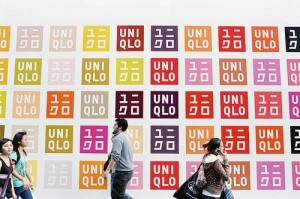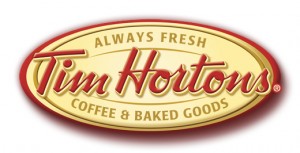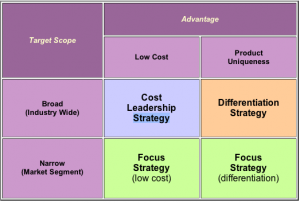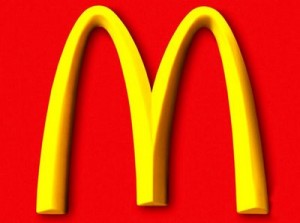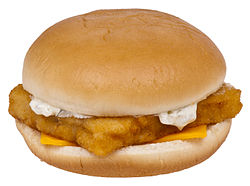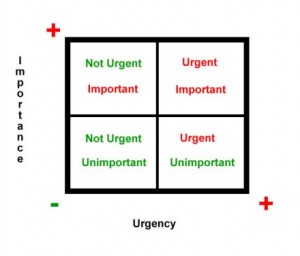In order to cut production costs, many corporations look for ways of employing cheap labor. Often times, the employment of cheap labor is considered unethical because it usually consists of children and women who have poor working conditions and pay, with no social benefit. The author of this article believes that prison labor is also unethical, but I happen to disagree with him.
I believe that no matter what prisoner’s do, people will not forget the crimes they committed in the past, and therefore will be unwilling to hire them. In the movie “The Shawshank Redemption”, Red was released from prison after more than 20 years, but committed suicide because he was unable to make a living in the world outside of prison. By hiring them, firms will be providing jobs for those who would have no chance to make a living. This may help the prisoners redeem their reputation in society as well.
The author does have a good point when he says, “Businesses should pay everyone at least minimum wage as set by the government.” Employing prisoners could also be considered an action of a social entrepreneur too. Mark Brand, the owner of Save-On Meats, does something similar by hiring workers without any employment prospects. It must not be forgotten that Brand pays his employees a substantial amount of money.
In conclusion, I would like to emphasize that prison labor is not necessarily unethical behavior, and that it could actually help the prisoners.
Reference
- Phan, Anthony. “Anthony Phan’s Blog.” Prison Labor, Right or Wrong? ». UBC, 12 Sept. 2012. Web. 23 Nov. 2012. <https://blogs.ubc.ca/anthonyphan/2012/09/12/prison-labor-right-or-wrong/>.

